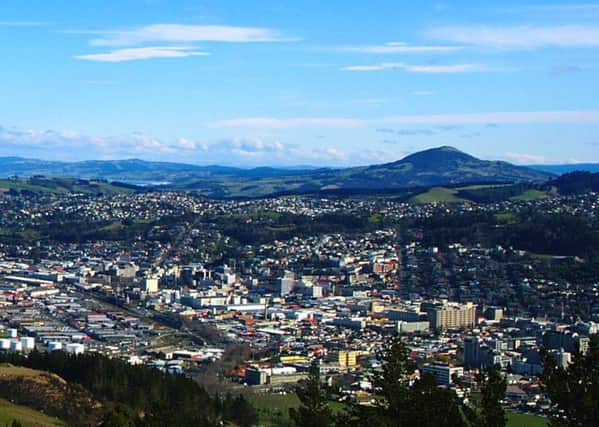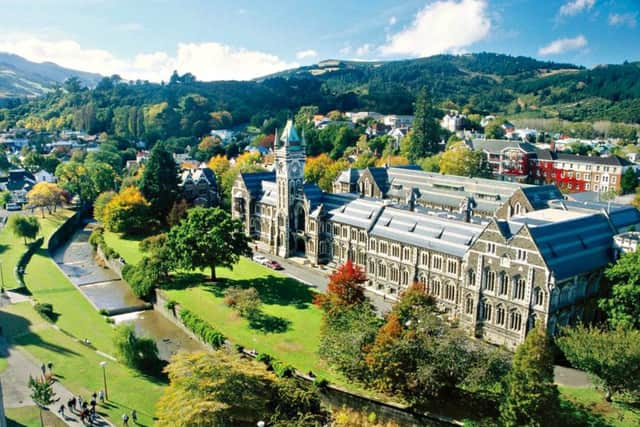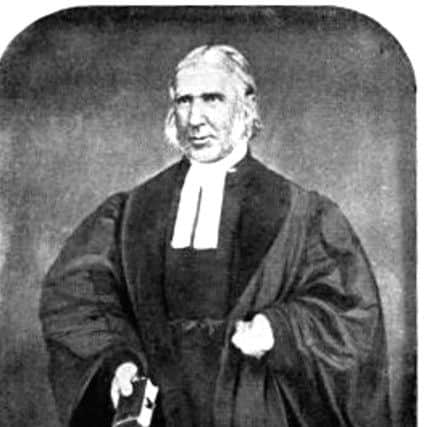New Zealanders get a lie-in to mark first Scottish settlers


Otago Day marks the founding of the region, when Rev Thomas Burns, the nephew of poet Robbie, shored up at Port Chalmers on March 23, 1848, to lead a new settlement of the Free Church.
Around 100 passengers sailed with the pious Ayrshire minister on the John Wickliffe with the first impression of this new land documented in a diary of one of those on board.
Advertisement
Hide AdThe passenger wrote: “All seemed pleased and called it a goodly land – Port Chalmers and around is truly beautiful – rich in scenery – its slopes and shores are fertile, and wooded to the water’s edge.”


The new arrivals went on to develop the city of Dunedin, the old Gaelic name for Edinburgh, where today there are no shortage of reminders of the first Scots who wove themselves into the fabric of the country.
Sign posts point to places such as Leith Valley, Corstorphine, Musselburgh and Calton Hill. Churches have an air of architectural familiarity and the municipal chambers looks as if it could have been transported from any Scottish town. A statue of Robbie Burns stands in the main square.
A second shipload of Scots arrived less than a month after the John Wickliffe with more than 200 people on board.
Passengers included Adam James, 25, a boatbuilder; James Blackie, 21, a school teacher, James Brown, 23, a calico printer and Mary Pollok, 19, a servant. All had spent 114 days on board after leaving Greenock.


By the end of the 1850s, around 12,000 Scots had joined them in this new flourishing city, many from the industrial lowlands.
Advertisement
Hide AdConditions were tough on arrival with relentless hard graft required to transform mud and bush into even the most primitive settlement.
A number of wattle and daub cottages were constructed with the place dubbed “Mud-edin” given the coarse conditions.
Advertisement
Hide AdThe Free Church had the highest praise of the new Scots residents who were “mostly of the labouring classes who had the aim of becoming landowners.”


The author of an 1853 church update on the settlement noted the “very high character” of the residents and the “very serious regard to their religious duties.”
The account added: “The silent religious aspect of our Sabbath, the solemn seriousness, the death-like stillness, and the reverential attention in the house of God strike every stranger and are unequalled by anything of my experience.”
Despite the growth of Dunedin, the Otago Association, which was set up to broker land deals on behalf of the church followers, folded in 1852 after failing to meet is sales targets.
Edinburgh solicitor John McGlashan, the Otago scheme’s chief organiser and promoter, and Captain William Cargill, a former British Army officer who commanded the John Wickliffe, became major players in the governance of the region with the moral authority delivered by Rev Burns, a foundation chancellor of the University of Otago.


Not all took to the Scots settlers kindly. Historian Tom Devine, in his book To The Ends of the Earth, notes a letter published in the New Zealand Otago Times under the pseudonym a Staunch Englishman.
Advertisement
Hide AdIt described the Scots as a “mean, close, bigoted, porridge-eating” lot who were prone to “minding the sixpences.”
The legacy of those first settlers is, however, ample. Otago Boys’ High School was set up in 1864, the University of Otago opened in 1869 and Otago Girls’ High School, one of the first state-run schools of its type in the world, opened in 1871. John McGlashan College, the Presbyterian boys’ school at Dunedin, was founded in 1918 from a bequest by his daughters.
The stiff presbyterian tone of Dunedin is also said to have spurred a “creative rebellion” with works by Dunedin poet James K Baxter considered among the country’s finest.